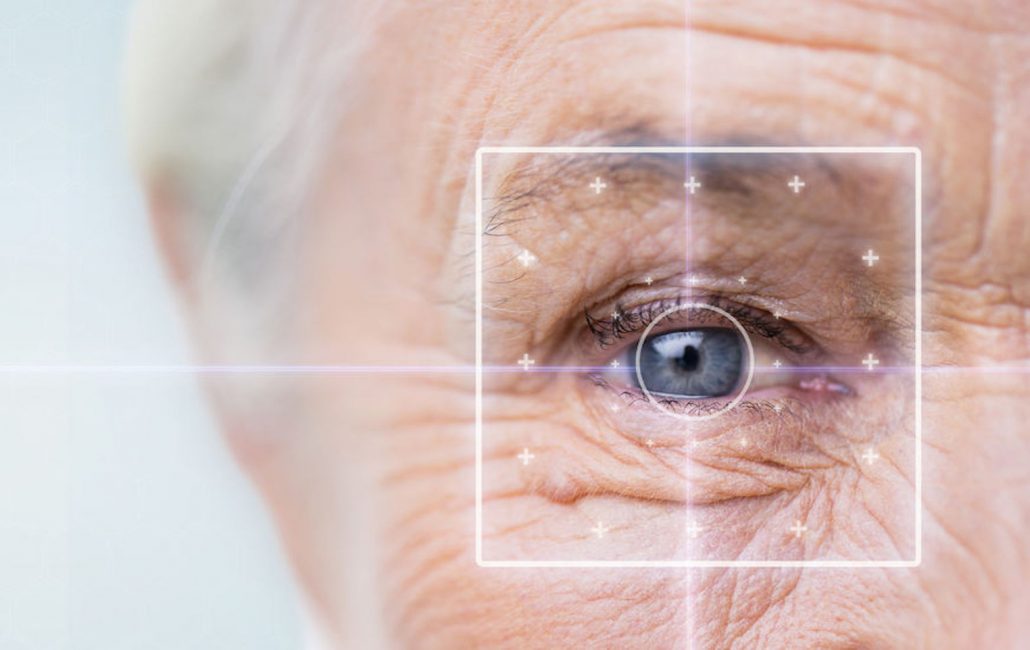|
Device Name Auto Kerato Refracto Tonometer Explanations Refractometer, Keratometer, Non-Contact Tonometer, and Pachymeter in one single instrument
|
 |
|
|
Device Name Visual Field Perimetry Testing device Explanations Is used for the systematic measurement of visual field function (the total area where objects can be seen in the peripheral vision while the eye is focused on a central point). |
||
|
Device Name Specular MicroscopeExplanations Specular microscopy is a non-invasive diagnostic modality to image the corneal endothelium |
|
|
|
Device Name Optical Coherence Tomography (OCT) Device Explanations Is a non-invasive imaging test, which uses light waves to take cross-sectional pictures of retina |
|
|
|
Device Name Electroretinogram (ERG) ExplanationsIs a diagnostic test that measures the electrical activity of the retina ini i response to a light stimulus |
|
|
|
Device Name Corneal topography and tomography device Explanations Is a special photography technique that maps the surface of the corne |
|
|
|
Device Name Optical coherence tomography (OCT) Scan Explanations It uses a low-powered laser to create pictures of the layers of your retina and optic nerve.
Is a newer technology that not only allows surgeon to detect these irregularities on the front surface of the cornea, but also allows mapping of the posterior corneal surface |
|
|
|
Device Name Pentacam Explanations s a rotating camera system for anterior segment analysis. It measures topography and elevation of the anterior and posterior corneal surface and the corneal thickness. |
|
|
|
Device Name AB Scan Explanations A-scan is the short form for amplitude scan that gives details about the length of the eye. B-scan is considered the brightness scan. It is used for producing a two-dimensional cross-section of the eye and its orbit. |
|
|
|
Device Name Optical Biometry machine Explanations Optical biometry is a highly accurate non-invasive automated method for measuring the length of the eye, curve and width of the cornea, and anterior chamber depth
|
|
|
|
Device Name Intraocular lenses (IOL) Master Explanations Calculation of the power of intraocular lenses for use in cataract surgery. In addition to calculating the axial length of the eye, this device also measures the power of the intraocular lens and the curvature of the cornea (Keratometry). |
|
|
|
Device Name Phaco Vitrectomy machine Explanations Is a used for performing procedures in patients with a range of vitreoretinal disorders concomitant with visually significant cataract. |
|
|
|
Device Name Laser Dacryocystorhinostomy (DCR) Explanations Enables an obstructed lacrimal sac to be opened through an intranasal approach, avoiding the need for a skin incision |
|
|
|
Device Name Yag Laser Explanations
Nd:YAG lasers are used in ophthalmology to correct posterior capsular opacification, especially after cataract surgery |
|
|
|
Device Name Retinal laser Explanations Used to treat a number of retinal conditions, most notably retinal damage caused by diabetes |
|
|
|
Device Name Excimer Laser Explanations The excimer laser alters the refractive state of the eye by removing tissue from the anterior cornea through a process known as photoablative decomposition |
|
|
|
Device Name Ophthalmic Cryo machines Explanations To freeze small and white lesions around the eyes |
|
|
|
Device Name Endolaser Device Explanations The 532 nm laser can be used, among other things, to treat retinal problems such as retinal detachments, diabetic retinopathy and macular edemas retinal vein occlusions, peripheral retinal neovascularization central serous chorioretinopathy. |
|
|
|
Device Name Ophthalmic Fluorescein Angiography Explanations Is a diagnostic procedure that uses a special camera to recor theII blood flow in the retina and choroid. |
|
|
|
Device Name Retcam ophthalmic imaging system Explanations In premature babies, due to Is a digital retinal camera for use in pediatric ophthalmology, mainly for screening babies for retinopathy of prematurity (ROP), and determining the extent and severity of retinopathy.
|
|
|
- Please select news categories.
